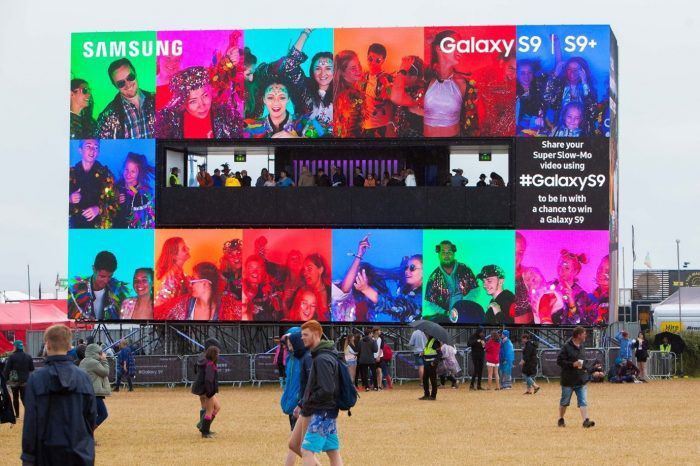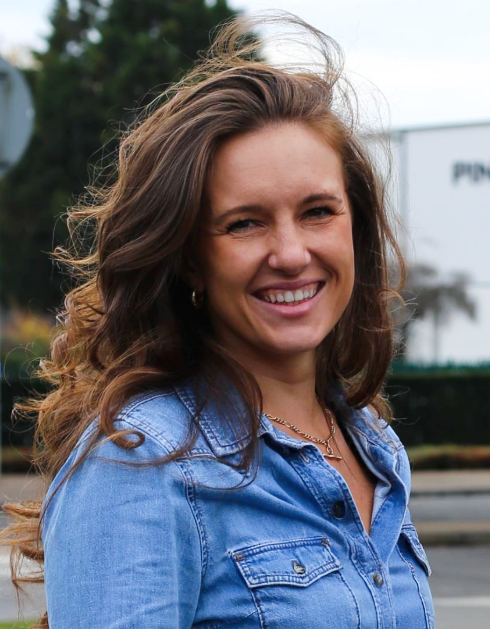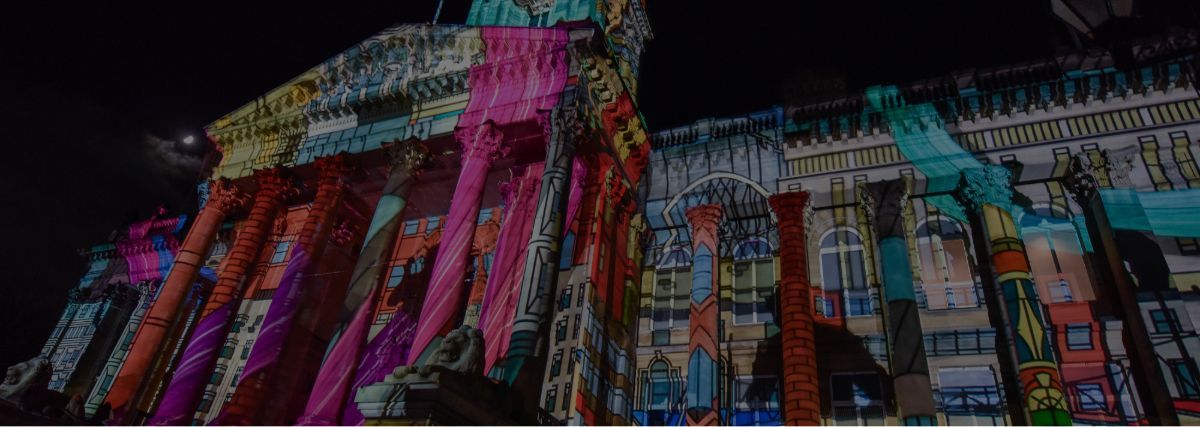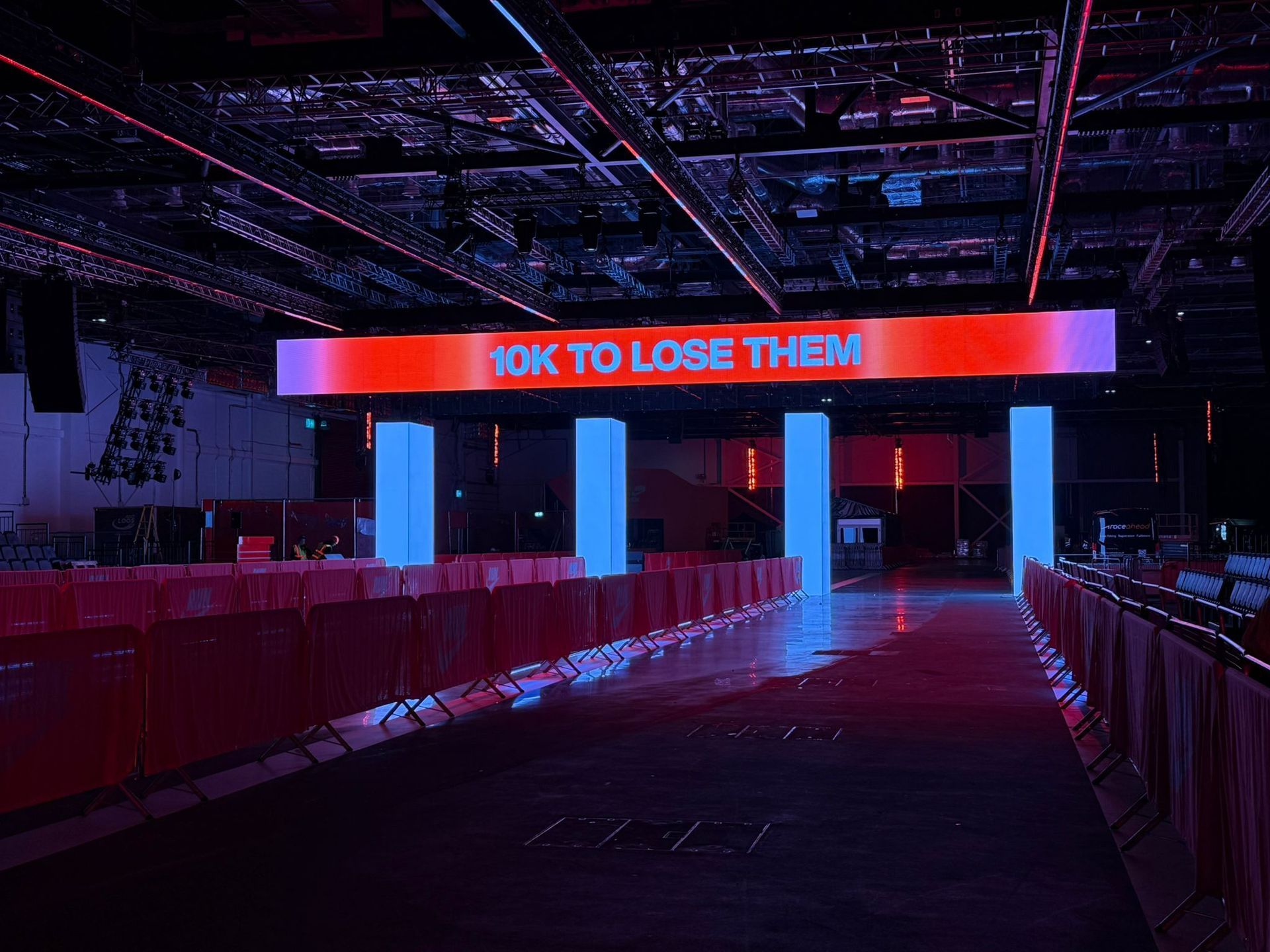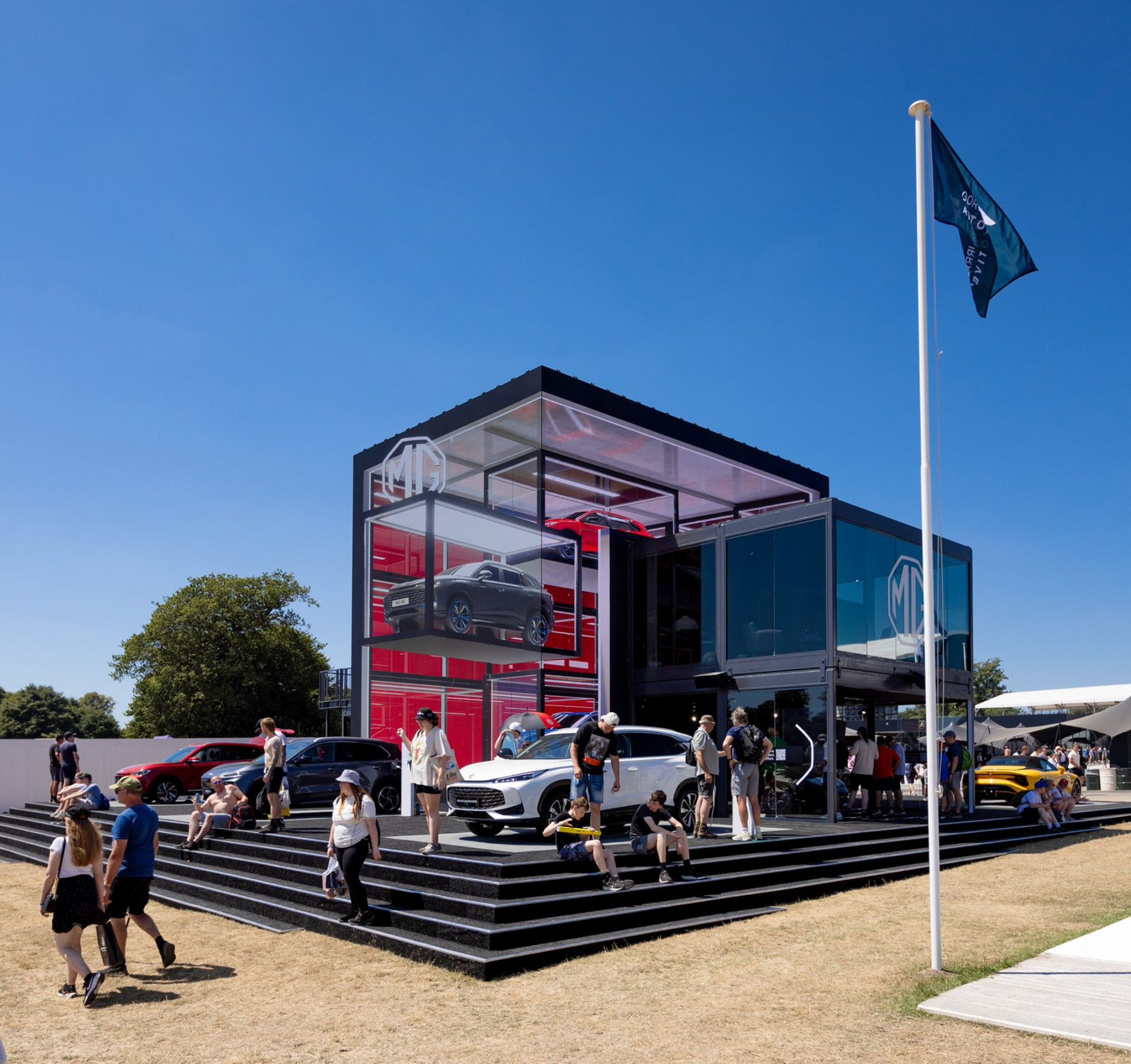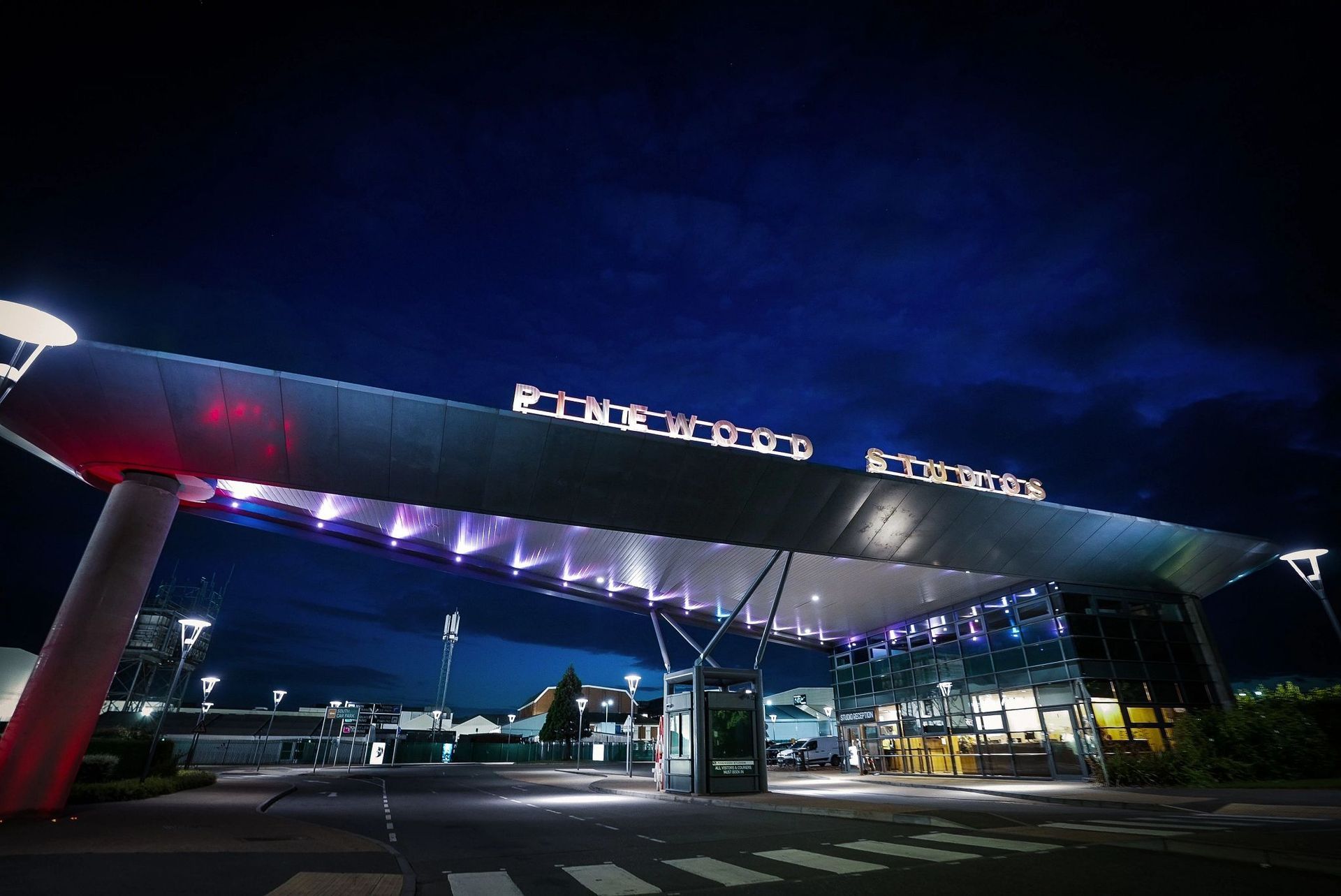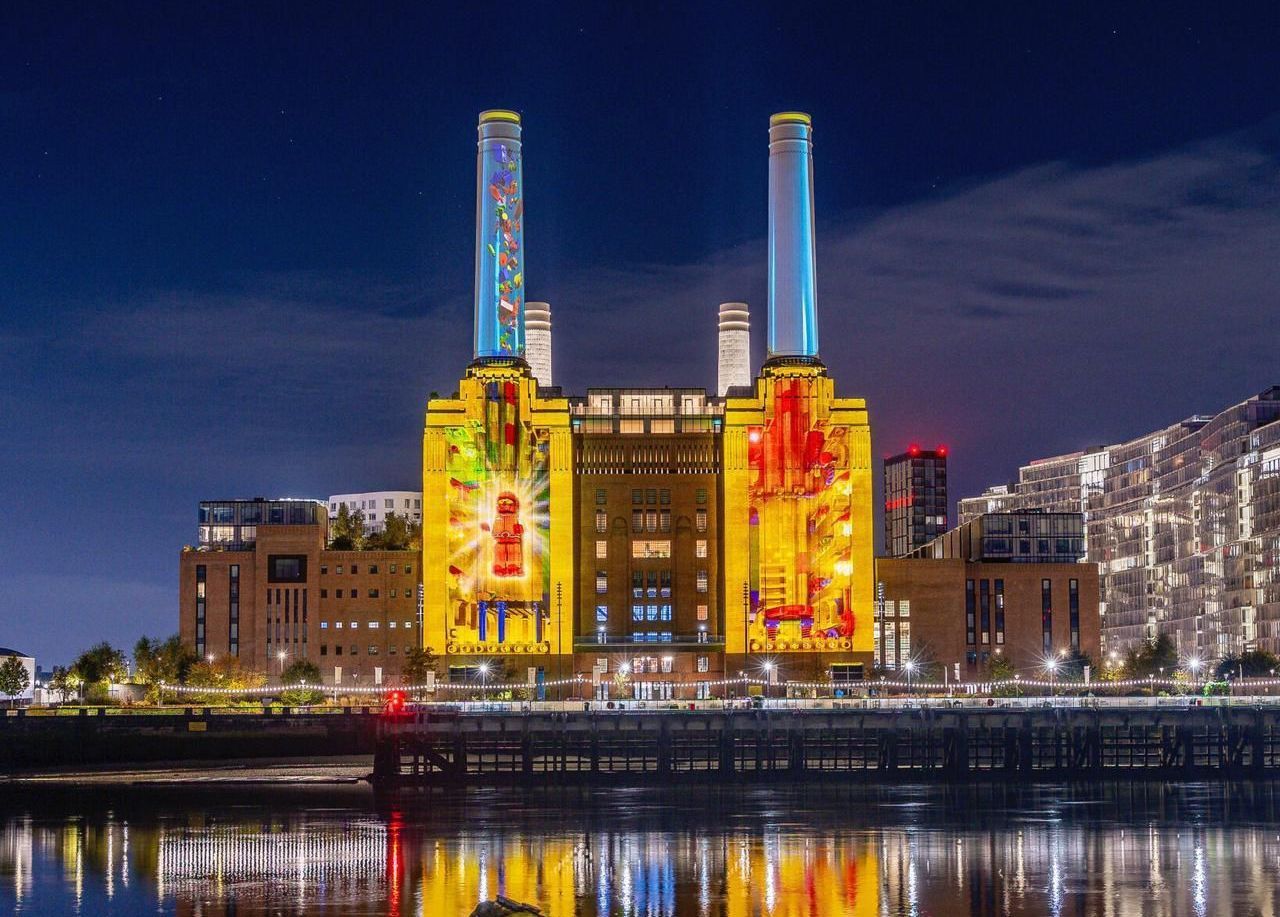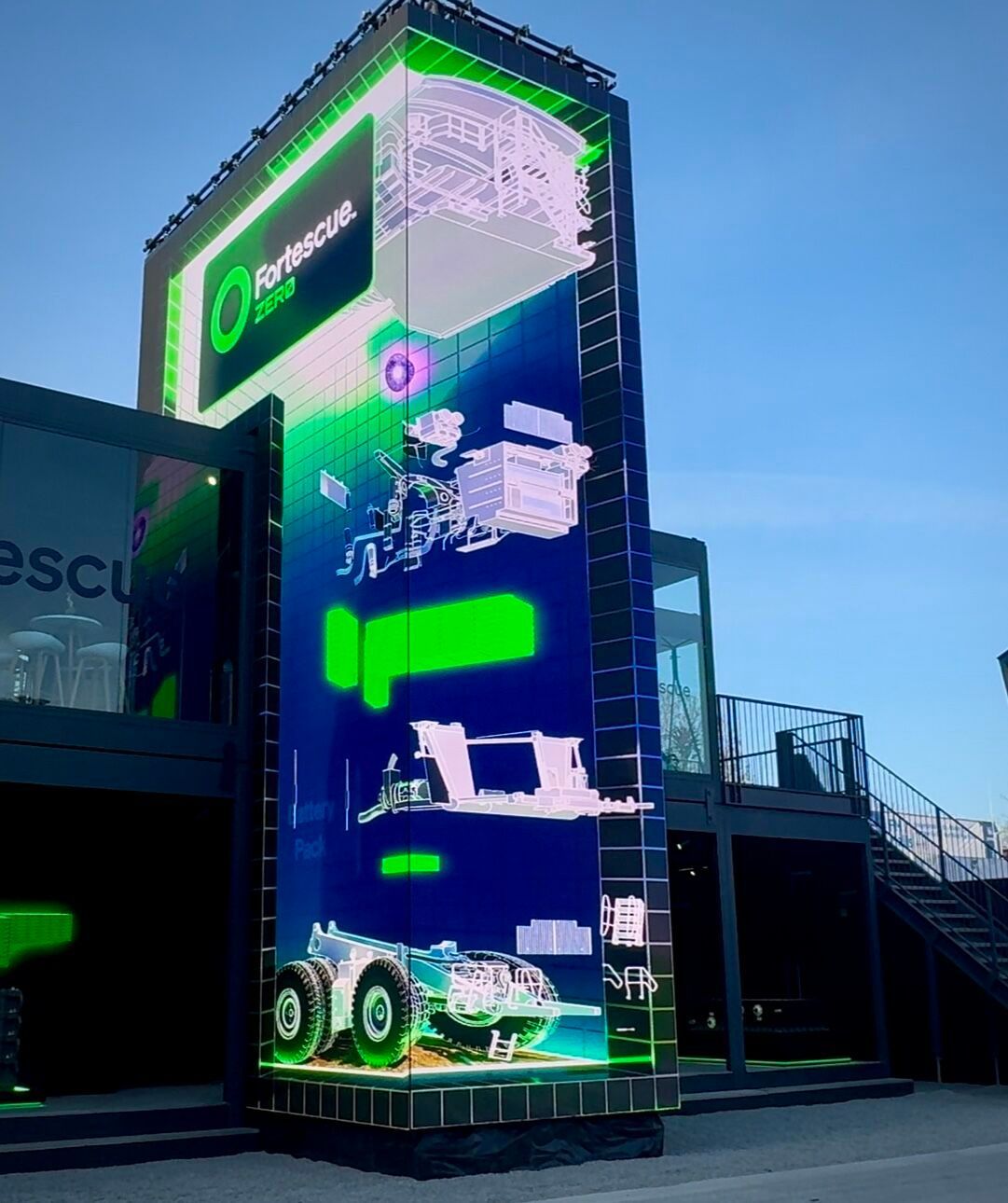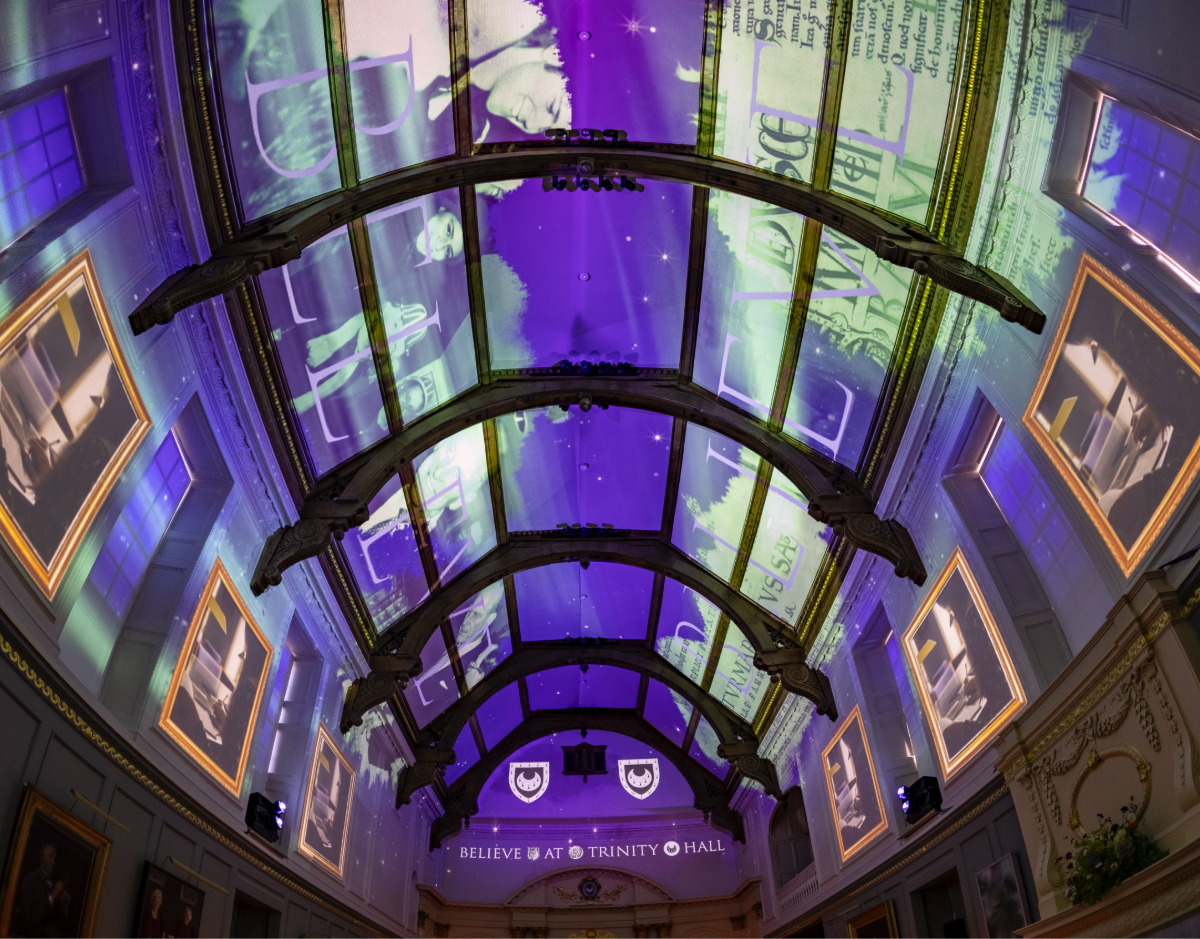September 18, 2025
You can have the best kit in the world, the slickest pitch deck, and a glittering showreel, but if you don’t understand what your clients really need when the pressure’s on, you’ll never be their first call again. After more than twelve years working across the creative, brand, and production landscape, the iMAG team has been in hundreds of briefing conversations. And while every project, client, and budget brings its own personality, one thing is consistent: there’s almost always more going on beneath the surface. Here’s what they rarely say out loud, but actually really want from their AV partner. 1. “Make me look good to my client.” Whether you’re working with a producer, a creative agency, or even an internal comms team, there's usually another layer above them. A brand director. A Head of Production. A CMO. What they want isn’t just technical brilliance (though that’s always a non-negotiable). They want you to make them look like the hero. That means calm in chaos, fast fixes, respectful collaboration, and no surprises on site. At iMAG, we get that. We operate like an extension of your team - invisible when needed, front-footed when it counts.
